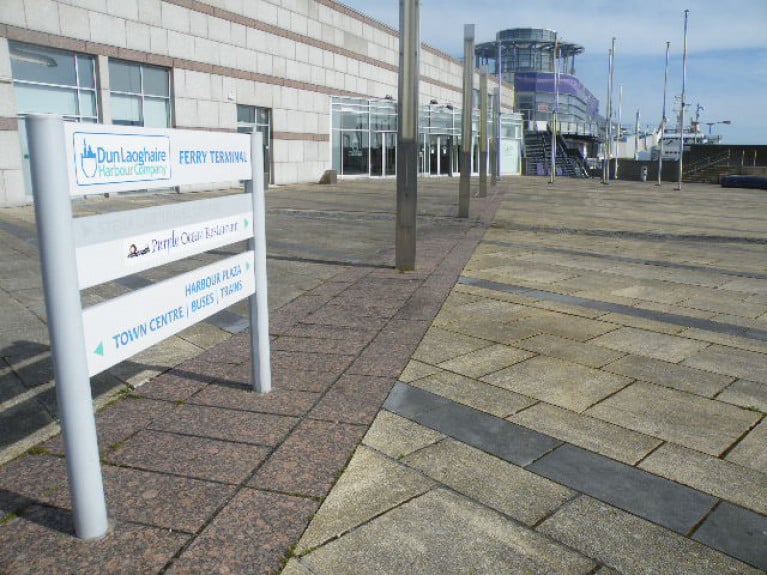Displaying items by tag: Quarterdeck Innovation
New Ferry Terminal ‘Innovation Space’ Plans Could Create More Than 650 Jobs In Dun Laoghaire
More details have emerged of new plans for a technology hub at the site of the former Stena ferry terminal in Dun Laoghaire.
Lapetus Investments Ltd, trading as Quarterdeck Innovation, envisions a “co-working innovation space” within the St Michael’s Pier terminal building in Dun Laoghaire Harbour.
It intends “to create a technology hub whereby small and medium-size businesses can collaborate in a community-based environment that promotes and fosters entrepreneurship, through a spirit of innovation and creativity”.
The project team is led by accountant Hilary Haydon, a past president of Dun Laoghaire-Rathdown Chamber of Commerce and DLR Local Enterprise Office evaluation committee member.
And it’s hoped the scheme could create more than 650 jobs after five years in the south Dublin port town — which will pique the interest of the waterfront yacht clubs among many other local stakeholders.
 From Ferry terminal to state-of-the-art innovation campus - plans are in place to transform the old building Photo: Afloat
From Ferry terminal to state-of-the-art innovation campus - plans are in place to transform the old building Photo: Afloat
Key benefits touted by Quarterdeck Innovation include generating value of €10 million to Dun Laoghaire-Rathdown County Council over its first 10 years, as well as a local spend of €5 million annually.
And the project emphasises integration with its location, positioning the hub as particularly attractive for marine technology and research.
Lapetus/Quarterdeck intends to repurpose the building’s interior as a “state-of-the-art innovation campus” proposing “sensational sea views from almost every desk”.
In addition, its ground floor level would be a ‘Food Hall’ acting as a common area for co-workers to relax away from their desks, and which would also be open to the public as “an opportunity for strong local community interaction”.
The project partners have also pledged to “assist and collaborate closely” with the feasibility study team for the National Watersports Campus being proposed for Carlisle Pier to help “improve the harbour’s infrastructure resulting in improved access, job creation and strong tourism potential”.
Proposals to develop the former Stena ferry terminal were first made in 2017 but later scrapped over licensing issues.
Much more recently, the site has been suggested by a local senator as a base for a Covid-19 testing centre amid the current coronavirus pandemic.
























































